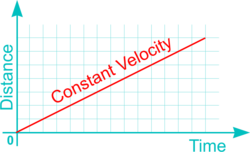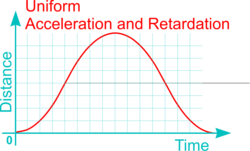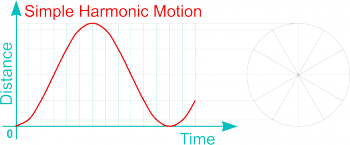| Linear Motion
|
- Linear Motion is simply motion in a straight line. A measurement of speed will provide its magnitude (i.e. how fast) but the term velocity gives both speed and direction (i.e. it is a vector quantity)
|
|
| Rotational Motion
|
- Rotational Motion is motion around the circumference of a circle - like the drum of a tumbler dryer or washing machine. Rotational speed is normally measured in revolutions per minute (i.e. rpm) but Angular Velocity is usually measured in Radians per Second (a complete revolution = 2π radians).
|
|
| Reciprocating Motion
|
- Reciprocating Motion is continuous linear motion and reversing in a straight line (e.g. as the motion of a piston in a Crank and Slider mechanism).
|
|
| Oscillating Motion
|
- Oscillating Motion is like the motion of a swing or pendulum swinging from side to side. The ends of levers exhibit Oscillating Motion and this arc of movement has to be allowed for in the design of Linkages otherwise the mechanism may jam or sieze.
- James Watt overcame this problem by inventing a Parallel Motion linkage for use in his early steam engines. This enabled the swinging end of a pivoted beam connect to the straight up and down motion of the piston rod
|
|
Linear and Rotational Motions may maintain a constant speed, or velocity, or may accelerate and slow down (i.e. decelerate or retard). Both Reciprocating and Oscillating Motions however, by their nature, must accelerate and decelerate during each cycle of operation (i.e. as the movement reverses). The pattern of acceleration (or deceleration) may exhibit different characteristics according to design requirements as follows:


